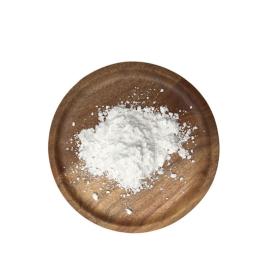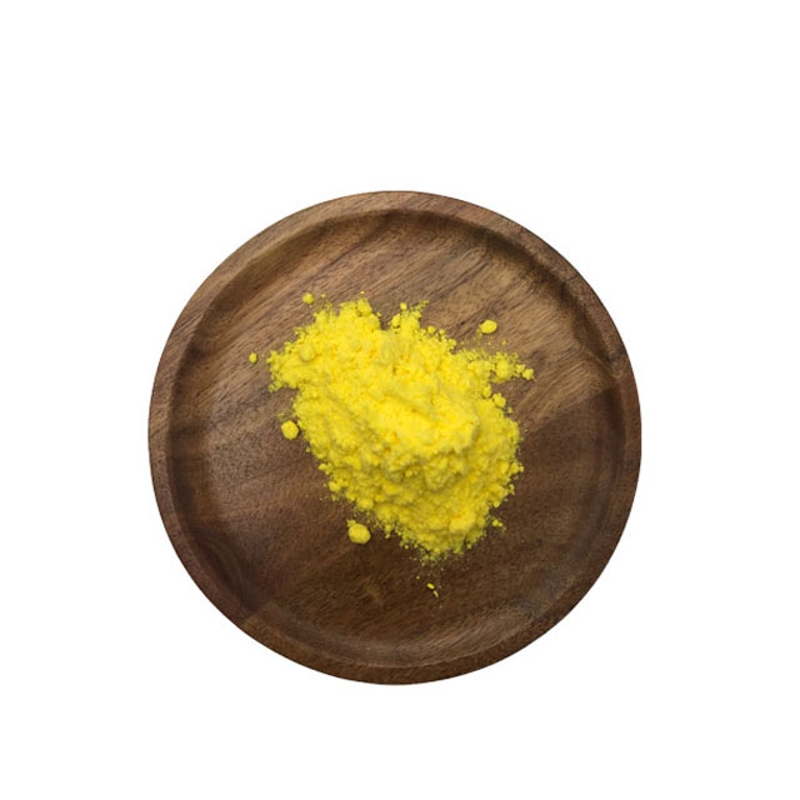-
Categories
-
Pharmaceutical Intermediates
-
Active Pharmaceutical Ingredients
-
Food Additives
- Industrial Coatings
- Agrochemicals
- Dyes and Pigments
- Surfactant
- Flavors and Fragrances
- Chemical Reagents
- Catalyst and Auxiliary
- Natural Products
- Inorganic Chemistry
-
Organic Chemistry
-
Biochemical Engineering
- Analytical Chemistry
- Cosmetic Ingredient
-
Pharmaceutical Intermediates
Promotion
ECHEMI Mall
Wholesale
Weekly Price
Exhibition
News
-
Trade Service
Mirvetuximab soravtansine (MIRV) is an antibody-drug conjugate (ADC) that targets folate receptor (FR) alpha-positive, cleavable linker and maytansine DM4, a powerful tubulin targeting agent
.
FORWARD I (NCT02631876).
Mirvetuximab soravtansine (MIRV) is an antibody-drug conjugate (ADC) that targets folate receptor (FR) alpha-positive, cleavable linker and maytansine DM4, a powerful tubulin targeting agent
Eligible patients with previous 1-3 line therapy and tumor folate receptor-positive were randomly assigned to the MIRV group (6 mg/kg) or chemotherapy group (paclitaxel, polyethylene glycol liposomal adriamycin, Or topotecan)
.
The primary endpoints were the intent population (ITT) evaluated by the independent committee and the progression-free survival (PFS) of the pre-defined high FRα expression population
Eligible patients with previous 1-3 line therapy and tumor folate receptor-positive were randomly assigned to the MIRV group (6 mg/kg) or chemotherapy group (paclitaxel, polyethylene glycol liposomal adriamycin, Or topotecan)
From January 24, 2017 to April 23, 2018, 366 patients were randomly assigned to receive MIRV treatment (243 cases) or chemotherapy (109 cases)
In the ITT population, the median PFS of the MIRV group and the chemotherapy group were 4.
PFS
PFSSome secondary endpoints can be seen to benefit the MIRV group compared with the chemotherapy group, such as ORR (22% vs 12%, P =0.
015), CA-125 response (51% vs 27%, P <0.
001), and PRO ( 32% vs 14%, P= 0.
016)
.
015), CA-125 response (51% vs 27%, P <0.
001), and PRO ( 32% vs 14%, P= 0.
016)
.
Such as ORR (22% vs 12%, P = 0.
In the subgroup analysis, in the ITT population, there was no statistical difference in PFS and OS between the two groups
Subgroup analysis
Subgroup analysisIn the ITT population, the median OS between the two groups was not statistically different; among the high FRα expression population, the MIRV group had a longer median OS than the chemotherapy group (not reached vs 11.
8 months; HR=0.
62; 95% CI: 0.
40 ~ 0.
97; P=0.
033) and the final analysis was (17.
3 months vs 12.
0 months; HR=0.
71; 95% CI, 0.
49-1.
02; P=0.
063), which were also considered to be not statistically different
.
8 months; HR=0.
62; 95% CI: 0.
40 ~ 0.
97; P=0.
033) and the final analysis was (17.
3 months vs 12.
0 months; HR=0.
71; 95% CI, 0.
49-1.
02; P=0.
063), which were also considered to be not statistically different
.
In the ITT population, the median OS between the two groups was not statistically different; among the high FRα expression population, the MIRV group had a longer median OS than the chemotherapy group (not reached vs 11.
OS
OSMIRV treatment is well tolerated.
Compared with chemotherapy, there are fewer patients with grade 3 drug-related adverse events (25.
1% vs 44.
0%), dose reduction (19.
8% vs 30.
3%), and discontinuation (4.
5% vs 8.
3%)
.
The most common adverse events associated with MIRV exposure included nausea (all grades, 45.
MIRV treatment is well tolerated.
Treatment-related adverse events
Treatment-related adverse eventsIn summary, the application of Mirvetuximab soravtansine (MIRV) in patients with platinum-resistant epithelial ovarian cancer (EOC) does not improve their progression-free survival.
However, in terms of secondary endpoints, MIRV treatment tends to benefit, especially for high folate receptors ( FR) α expression crowd
.
And the toxicity of MIRV is controllable
.
However, in terms of secondary endpoints, MIRV treatment tends to benefit, especially for high folate receptors ( FR) α expression crowd
.
And the toxicity of MIRV is controllable
.
The use of Mirvetuximab soravtansine (MIRV) in patients with platinum-resistant epithelial ovarian cancer (EOC) does not improve their progression-free survival, but on the secondary endpoints, MIRV therapy has a tendency to benefit, especially high folate receptor (FR) alpha Express the crowd
.
And the toxicity of MIRV is controllable
.
The use of Mirvetuximab soravtansine (MIRV) in patients with platinum-resistant epithelial ovarian cancer (EOC) does not improve their progression-free survival, but on the secondary endpoints, MIRV therapy has a tendency to benefit, especially high folate receptor (FR) alpha Express the crowd
.
And the toxicity of MIRV is controllable
.
Original source:
Original source:KN Moore, AM Oza, N Colombo, et al.
Phase III, randomized trial of mirvetuximab soravtansine versus chemotherapy in patients with platinum-resistant ovarian cancer: primary analysis of FORWARD I.
Ann Oncol.
2021 Jun;32(6):757- 765.
doi: 10.
1016/j.
annonc.
2021.
02.
017.
Phase III, randomized trial of mirvetuximab soravtansine versus chemotherapy in patients with platinum-resistant ovarian cancer: primary analysis of FORWARD I.
Ann Oncol.
2021 Jun;32(6):757- 765.
doi: 10.
1016/j.
annonc.
2021.
02.
017.
Leave a message here







